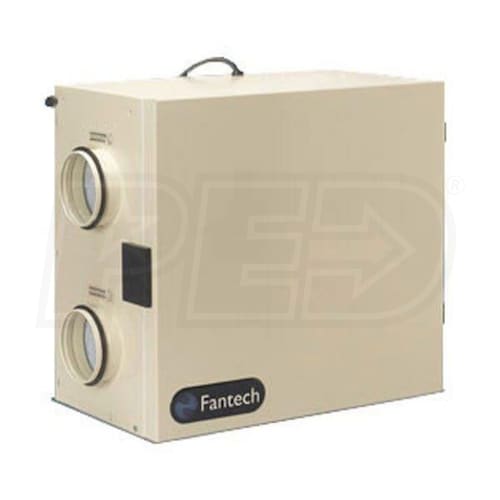As an aside, when I hear that someone is building a new house in radon regions I always recommend they install the slab fitting and exhaust piping up to a point below the roof in the attic. It's relatively easy to do during new construction. That way they can install the fan, wiring, and roof penetration later if needed. The end result is much cleaner than the add on systems that usually end up outside the house envelope.
remediating radon in new house, combine with finishing out basement
- Thread starter RustyShackleford
- Start date
-
Active since 1995, Hearth.com is THE place on the internet for free information and advice about wood stoves, pellet stoves and other energy saving equipment.
We strive to provide opinions, articles, discussions and history related to Hearth Products and in a more general sense, energy issues.
We promote the EFFICIENT, RESPONSIBLE, CLEAN and SAFE use of all fuels, whether renewable or fossil.


![[Hearth.com] remediating radon in new house, combine with finishing out basement [Hearth.com] remediating radon in new house, combine with finishing out basement](https://www.hearth.com/talk/data/attachments/295/295391-9575bf25390a23e8f0455fb3002da62e.jpg?hash=qxp4dU2HnS)

![[Hearth.com] remediating radon in new house, combine with finishing out basement [Hearth.com] remediating radon in new house, combine with finishing out basement](https://www.hearth.com/talk/data/attachments/295/295497-cd1a4ec8e9a117b5ebc75d84d878a2e8.jpg?hash=uR2dMqDM4N)